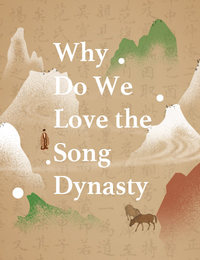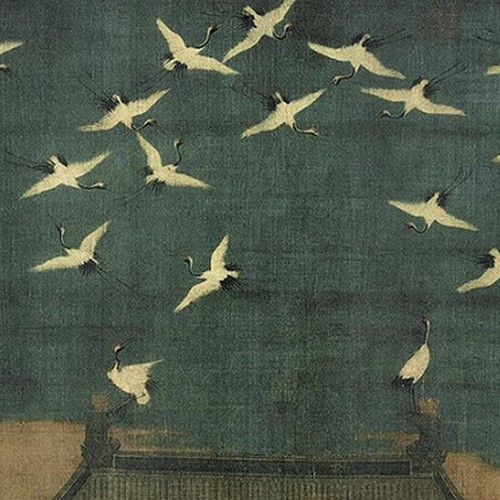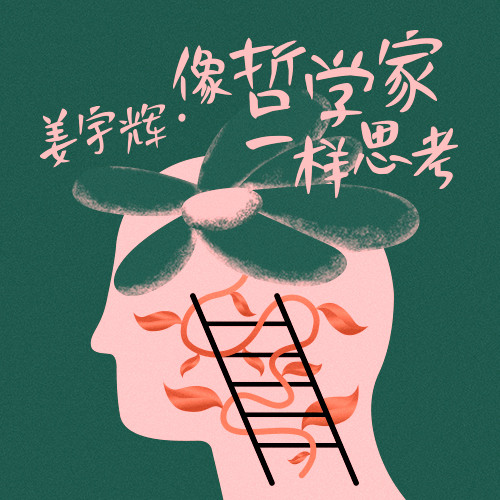Introduction | Why Do We Love the Song Dynasty?
作者:李菁
2019-08-05·阅读时长22分钟
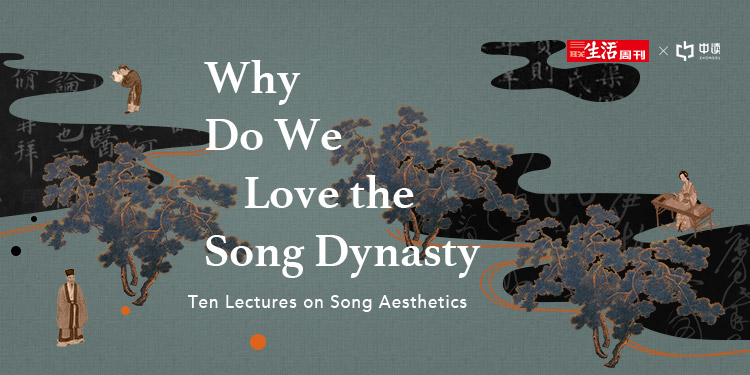
Hello, everyone! I am Li Jing, Deputy Editor-in-chief of Life Week. You may know me through my articles in magazines, but this is the first time you will meet me as producer of Zhongdu.
Why Do We Love the Song Dynasty?
Which dynasty would you want to go if you can travel through time? - Most people think the Song Dynasty (960-1279) is the ideal period.
Why is the Song Dynasty loved best? What role does the Song Dynasty play in the long course of Chinese history? How is it possible that a dynasty poor and weak in military strength could create a “Golden Era” of traditional culture and aesthetics?
In January 2017 and January 2018, Life Week respectively published two cover stories about the Song Dynasty. The first series, Why Do We Love the Song Dynasty, elaborates the relationship between the Song Dynasty and the present day through several key words such as Shi Jing (Marketplace), Ya Ji (Literati Gathering), Shan Shui (Landscape), Cha Shi (Teahouse), and Shu Yuan (Ancient Academy).
The second series, The People in the Song Dynasty, explores the pioneering work and spiritual heritage of the eight scholar-bureaucrats such as Su Shi, Li Qingzhao and Fan Kuan. These figures are still enshrined as cultural icons today.
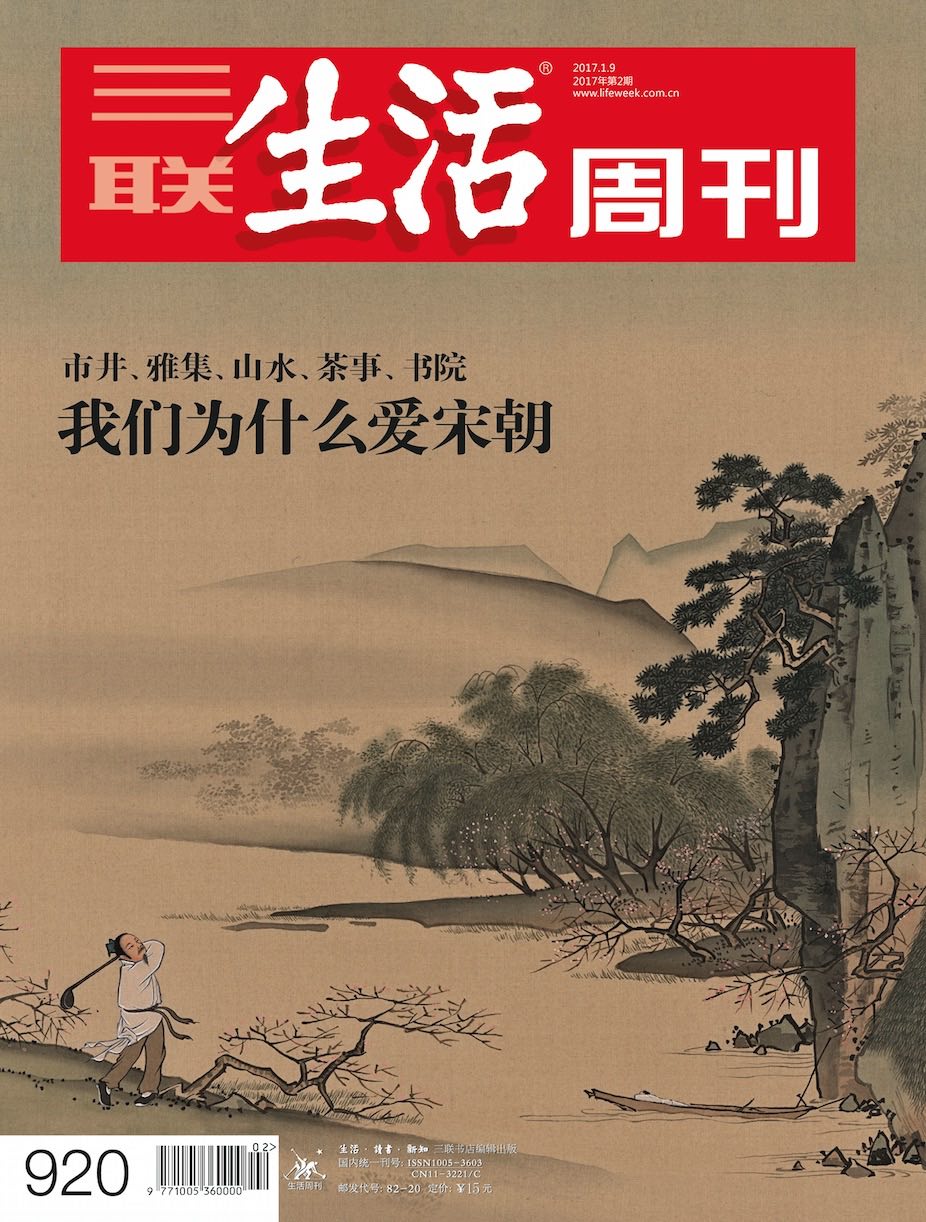
▲ Cover of Why Do We Love the Song Dynasty
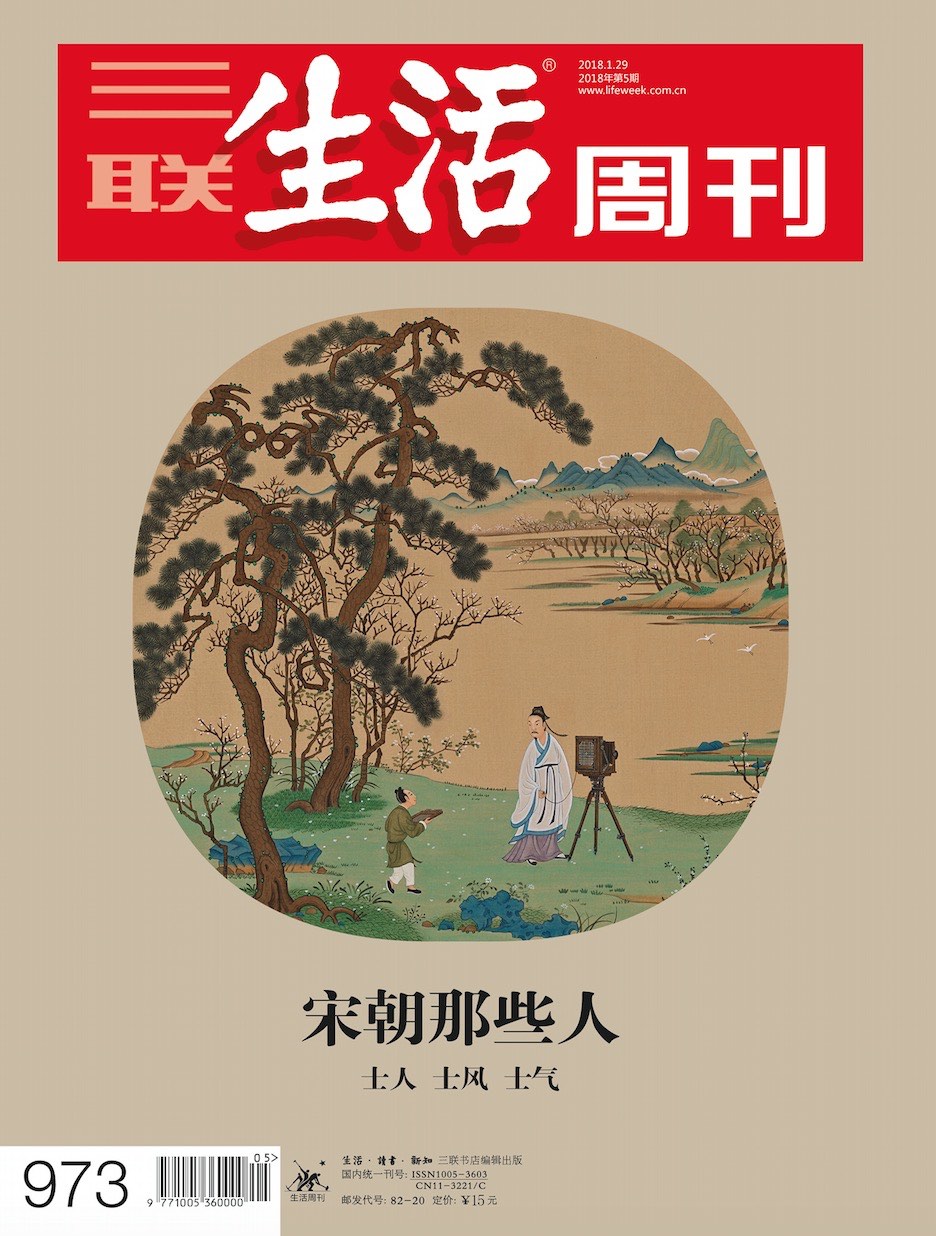
▲ Cover of The People in the Song Dynasty
Both issues were well received. In particular, the January 2017 issue became a best-seller, and was ranked Top 3 of Zhongdu that year.
Today, many people study traditional and classical culture through reading poems and lyric poetry. From such essence of ancient culture, we are more curious about and obsessed with the Song Dynasty and its life aesthetics, which has triggered a wave of “Song Craze”.
Deciphering “Song Craze”
Given the aforementioned phenomena, the following questions merit our consideration: why is a dynasty that existed around 1,000 years ago so popular today? What is its charm? What inspiration can we draw for our contemporary life from Song aesthetics?
To answer these questions, the core editors of Life Week spent one and a half years studying the Song Dynasty and consulting with relevant experts, resulting in the production of a series of audio lectures on Song aesthetics— Why Do We Love the Song Dynasty: Ten Lectures on Song Aesthetics. We attempt to offer a panorama of the Song Dynasty through ten key words, including Preface, Along the River during the Qingming Festival, Neo-Confucianism, Tea Ceremony, Calligraphy, Song Painting, Thingology, Song Porcelain, Song Ci, and Literati Gathering. We have also invited ten renowned scholars who will elaborate the civilization of the Song Dynasty.
As expressed by Chen Yinke, “Chinese culture had evolved for thousands of years, and reached its heyday in the Song Dynasty.”
Indeed, the Song Dynasty is the epitome of Chinese traditional culture and aesthetics integrating art and life. In particular, the culture and aesthetic interest developed by Song scholars and inherited through Confucianism, have always been admired by later generations. The reason is simple. The Song Dynasty boasted the most livable atmosphere, with a dual emphasis on the ideal and the reality, and an equal focus on refinement and popularity.
“Overview of the Song Dynasty”
Some may be unfamiliar with the Song Dynasty, but the introductory session of Why Do We Love the Song Dynasty will provide an overview of the dynasty from a macro perspective. What role does the dynasty play in the long course of Chinese history? How do we explain the “delayed” Song Craze?
In the Preface, Professor Deng Xiaonan, renowned expert in Song Dynasty history, will first expound Song aesthetics. Deng is a professor of history at Peking University, whose father Deng Guangming was a student of Hu Shih (pinyin: Hu Shi), Fu Ssu-nien (pinyin: Fu Sinian) and Chen Yinke. She will guide us through the Song Dynasty from various aspects including historical background, cultural tradition, and artistic pursuit.

▲Map of territory of the Northern Song Dynasty
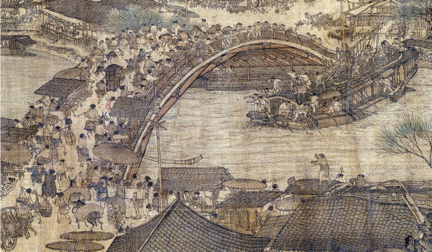
▲Along the River during the Qingming Festival (Partial)
An introduction to the Song Dynasty cannot be without Along the River during the Qingming Festival, a painting that depicts the life of the Song period most familiar to many. I still have vivid memories of the long queues waiting to view the work exhibited in the Palace Museum. The panoramic work reveals a prosperous marketplace and people’s daily life in the capital Kaifeng at the Qingming Festival (early April) during the early twelfth-century Northern Song Dynasty. Yu Hui, an expert in ancient paintings from the Palace Museum, will elaborate on the painting.
To better understand the painting, we must introduce its creator Zhang Zeduan, and his living environment, especially his Confucian background. The imperial examination system in the Song Dynasty gave birth to a new scholar-bureaucrat class. What values did the literati advocate in the Confucian revival?
We invite Yang Lihua, a professor of philosophy at Peking University, to explain how the Confucian revival guided the lifestyle in the Northern Song era. Why is the personality of scholar-bureaucrats laudable? What is the practical value of their core spirit in the present day?
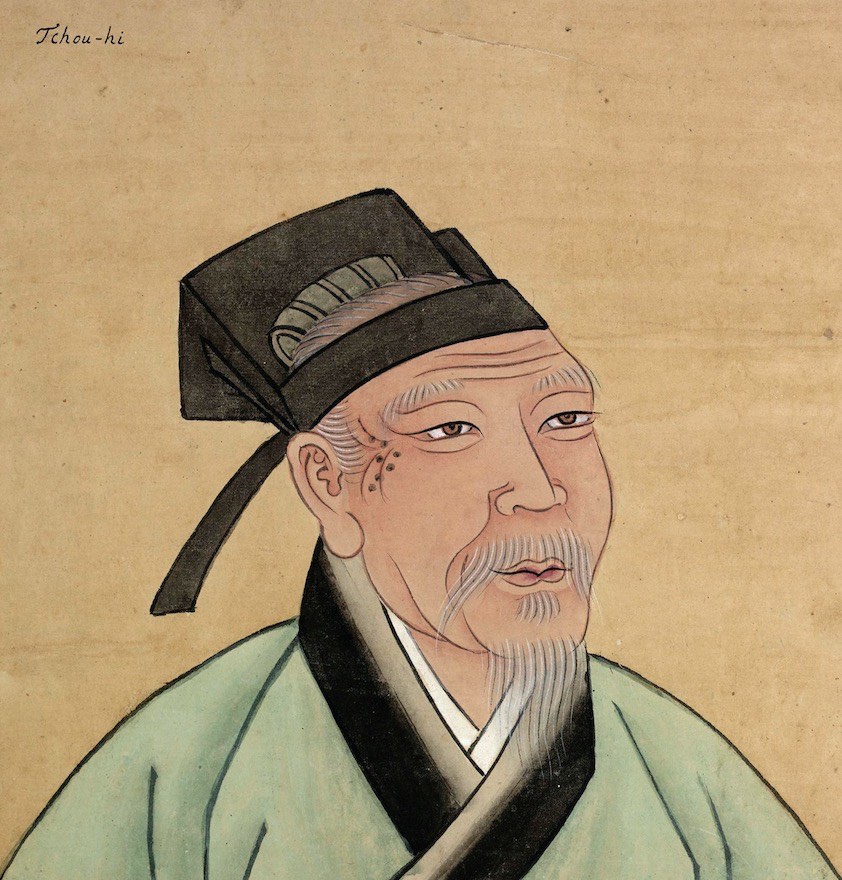
▲ Zhu Xi (1130-1200)
Besides exploring the essence of the philosophy of life, Song scholar-bureaucrats, especially refined scholars, also sought pleasure in tea. In fact, everyone during that period, from the emperor to ordinary people, enjoyed having tea. Cheng Pei-kai (pinyin: Zheng Peikai), famous scholar and Chairman of the Hong Kong Intangible Cultural Heritage Advisory Committee, has been invited to lecture on the reasons behind the popularity of drinking tea in the Song Dynasty. What are the different ceremonies and habits of tea-drinking among ordinary folk, refined scholars and royal families?
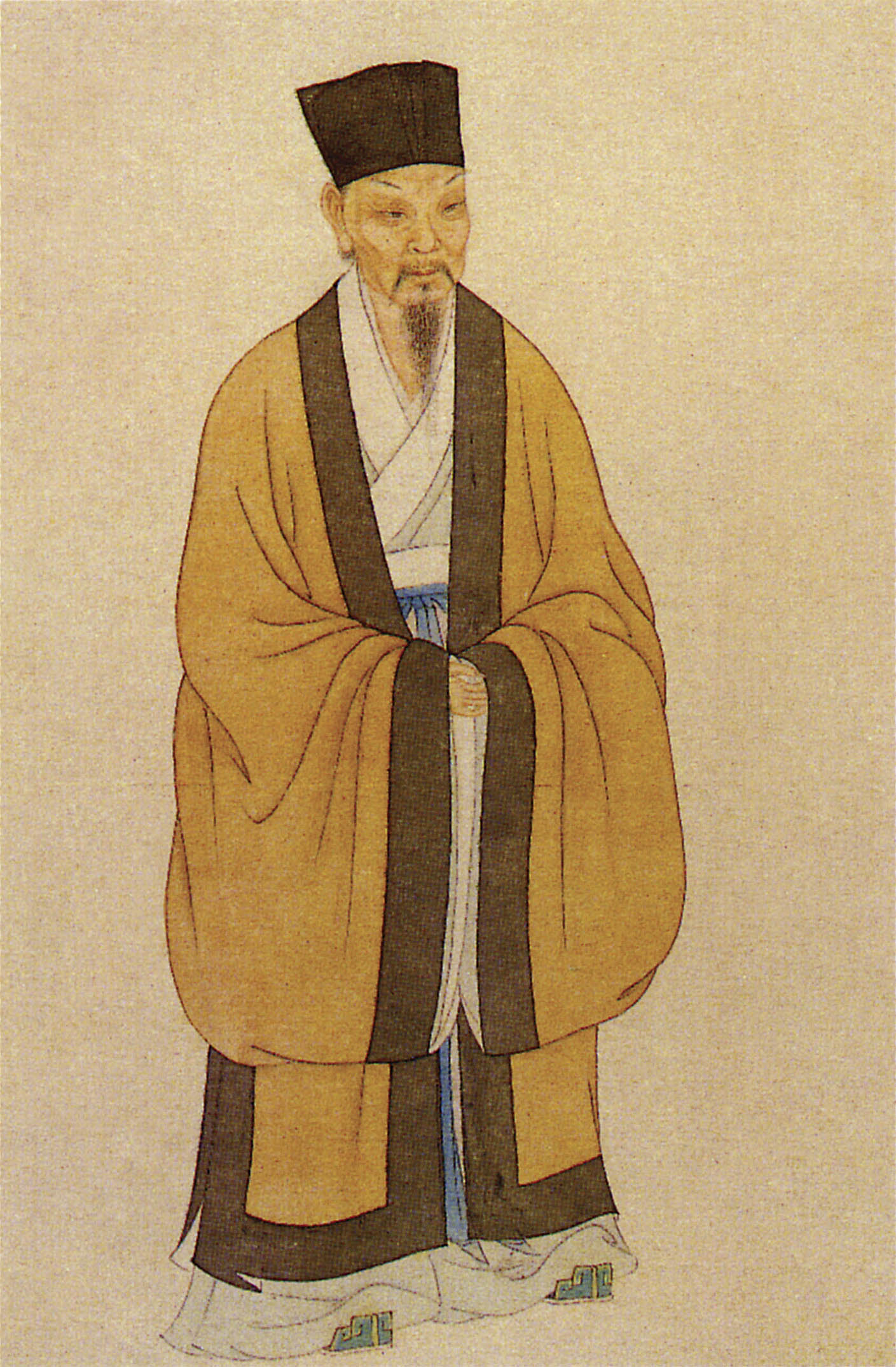
▲ Su Shi (1037-1101), often referred to as Su Dongpo
Calligraphy and painting were among the most splendid art forms in the Song Dynasty. During that period, most calligraphers such as Su Shi and Huang Tingjian were also great poets and writers. Wang Lianqi, an authentication expert of ancient calligraphy, painting and stone inscription works from the Palace Museum, will lecture on the revival and innovation of calligraphy in the Song Dynasty.
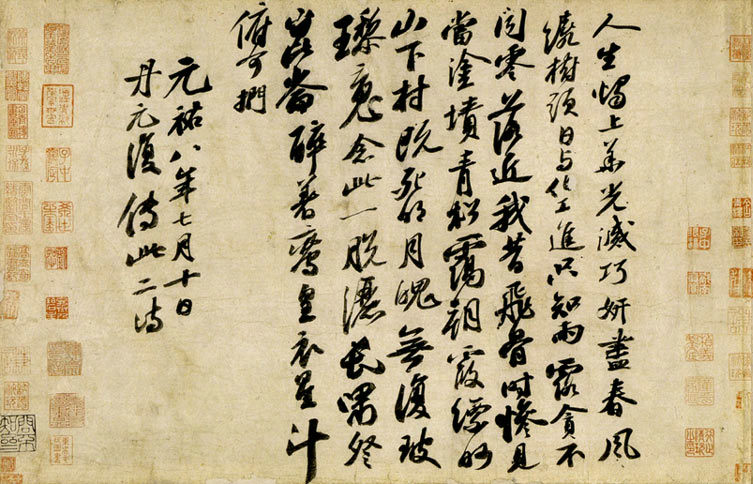
▲ Su Shi's Calligraphy Work Li Bai’s Poem (Partial)
Osaka City Museum of Fine Arts Collection
Calligraphy in the Song Dynasty is closely linked to the art of painting. In the eyes of Zhu Qingsheng, professor at Peking University and Chairman of the World Congress of Art History, the end of “Song Painting” is embedded in its development. To decipher the great secret of that period, Professor Zhu has picked out a crucial clue from the perspective of “calligraphy”. As a saying goes, “calligraphy and painting share the same source”. Only by understanding calligraphy, we can better understand the art of painting, and attempt to explore the relationship between Song painting and the Renaissance.
For Professor Zhu, teachers should help students find their direction when confronted with situations beyond their control, as Ancient sages say, “looking up at the stars”. We hope you will be able to understand his guidance in the lecture on Song Painting.

▲ Literati Gathering (Partial), Painted by Zhao Ji, Northern Song
National Palace Museum Collection
How should we appreciate Song Painting today? If we focus on its artistic style, different people may hold different views. Thus, an appropriate method would be to consider it along with the lifestyle of the Song people.
Emperors, officials and scholar-bureaucrats always had refined tastes for antiques. Burning incense, brewing tea, hanging paintings and arranging flowers were the “four leisures” showing their elegance and culture. Utensils such as tea ware, drinking vessels, flowerpots, incense burners, and the four stationery treasures comprising brushes, ink sticks, paper and ink stones, all demonstrate “elegance”. Yang Zhishui, a researcher from the Institute of Literature at the Chinese Academy of Social Sciences, and an antique scholar, will show the beauty of the utensils in the Song Dynasty. How did the Song people lead a lifestyle deemed elegant to us but plebian to them?
In their daily life, superb tea should be brewed using excellent tea ware. They preferred Diancha (powdered tea), and paid attention to the quality of tea and water as well as tea ware and tea-making skills. Liao Baoxiu, a researcher from the National Palace Museum and a famous scholar in ancient ceramics study, will introduce the Five Great Kilns, minimalism in Song Porcelain, and the use of porcelain by Song people.
In the aforementioned lectures, many teachers mentioned Song Ci. This must-read literature, is an expression and display of the life, emotions and values of the Song people. For instance, the Ci “How long will the full moon appear? Wine cup in hand, I ask the sky” in Su Shi’s Prelude to Water Melody has continued to be sung till today.
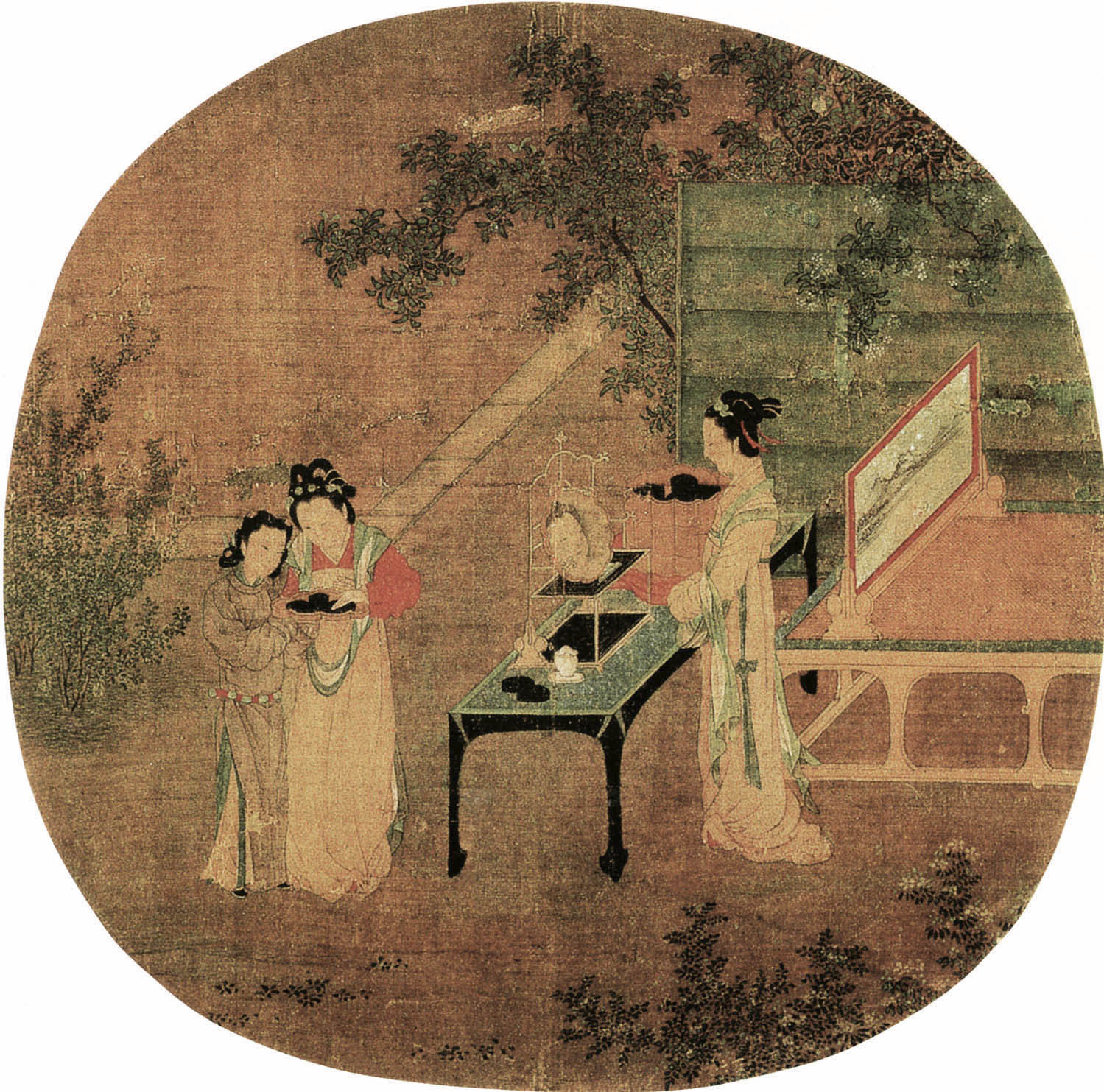
▲ Making Up in Front of the Mirror, Painted by Wang Shen, Northern Song
Silk Scroll, Color, 24.2cm by 25cm
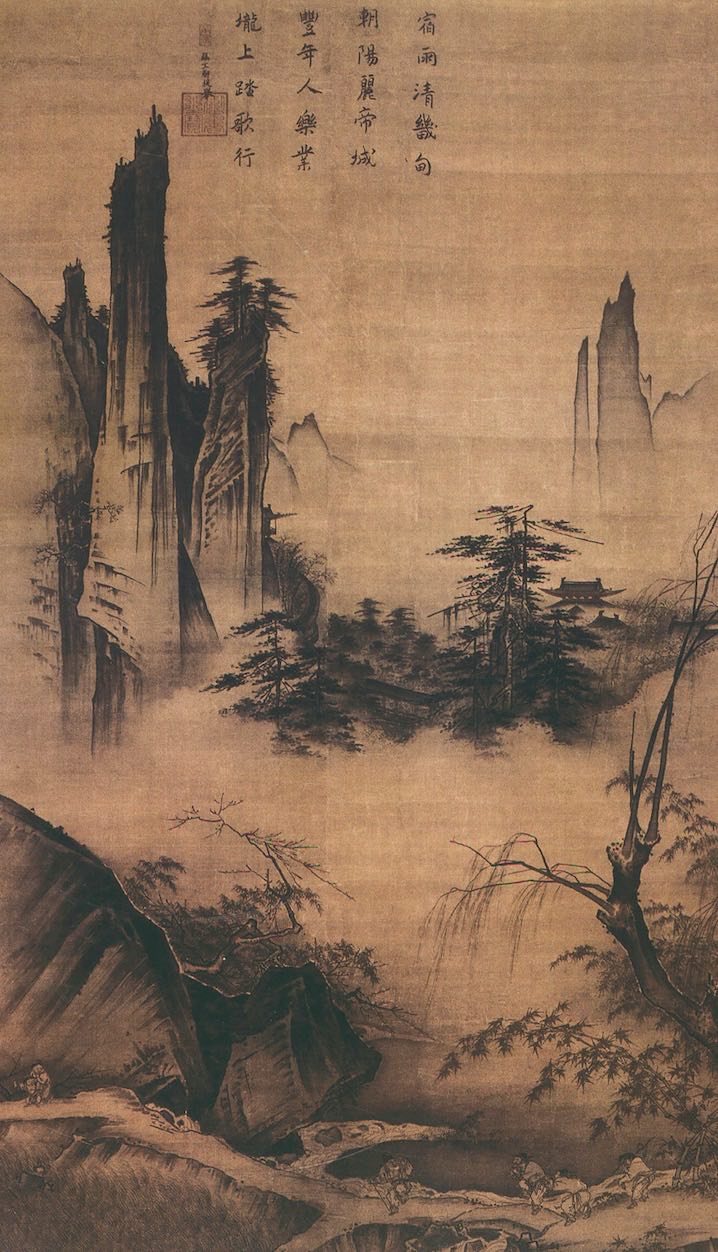
▲ Dancing and Singing (Scroll), Painted by Ma Yuan, Southern Song
Silk Scroll, 192.5cm by 111cm
The Palace Museum Collection
Why are Song Ci still sung today? Because it is closely associated with our daily life. Dong Qing, host of the Chinese Poetry Competition and a Song Ci enthusiast, has been invited to lead us to the elegant world of Song Ci. In addition, Dong Qing’s friend Kang Zhen, professor of Chinese ancient literature and poetry at the School of Chinese Language and Literature, Beijing Normal University, and judge of the Chinese Poetry Competition, will lead us to the aesthetic world of Song Ci.
The last lecture in this series of Why Do We Love the Song Dynasty will focus on Yaji.
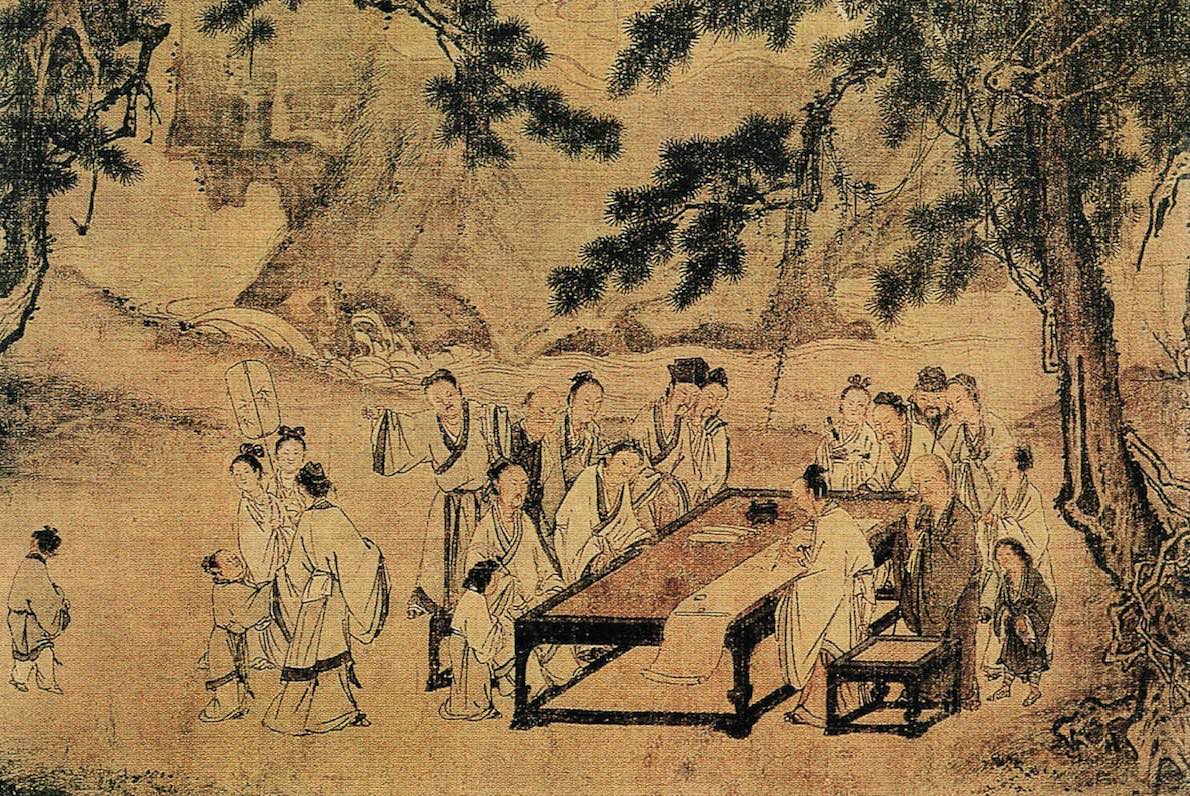
▲ Literati Gathering in the Western Garden (Partial), Painted by Ma Yuan, Southern Song Dynasty,
Silk Scroll, Color, 19cm by 16.2cm
National Palace Museum Collection
The combination of poems, Song Ci, calligraphy, painting, and the “four leisures” constitute a literati gathering, namely Yaji.
Yaji represents the lifestyle of scholar-bureaucrats, and has become an important social event among the literati. They played the Guqin, mixed spices, appreciated flowers, viewed paintings, played Go, brewed tea, drank wine, listened to the wind, viewed waterfalls, picked chrysanthemums, wrote poems and painted pictures.
Ye Fang, a contemporary artist, landscape scholar, and the first promoter of modern Yaji in China, will lead us into the life of the literati during the Song Dynasty. The iconic lifestyle of Yaji echoes the beginning of the lectures on Song Aesthetics, and brings the course to a close.
The ten lectures constitute one cultural trip back to the Song Dynasty. I hope you can draw inspiration from its literature and aesthetics, and enjoy a unique and unforgettable journey to the Song Dynasty. I believe these ten lectures will also inspire you for some new reflections on your contemporary life.
Now, welcome to the aesthetic world of the Song Dynasty.
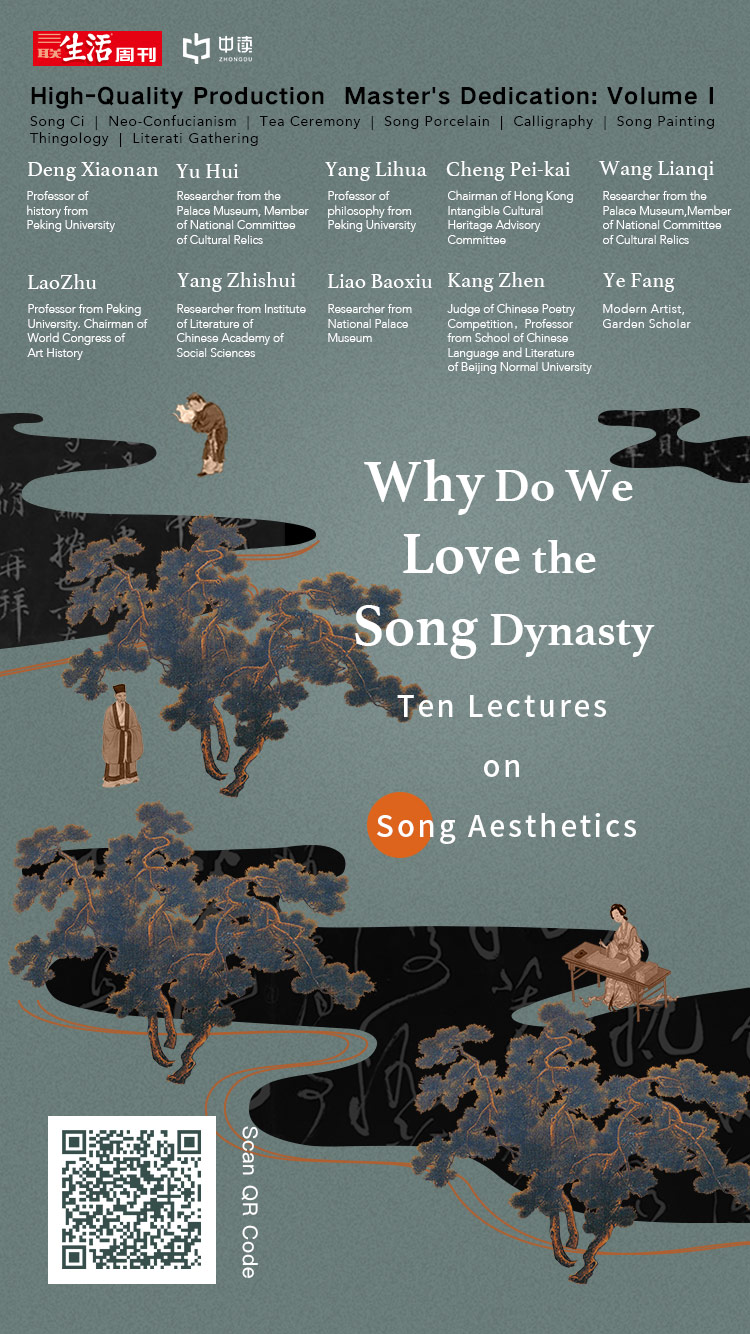
文章作者


李菁
发表文章206篇 获得4个推荐 粉丝11210人
文字工作者
收录专栏
现在下载APP,注册有红包哦!
三联生活周刊官方APP,你想看的都在这里
